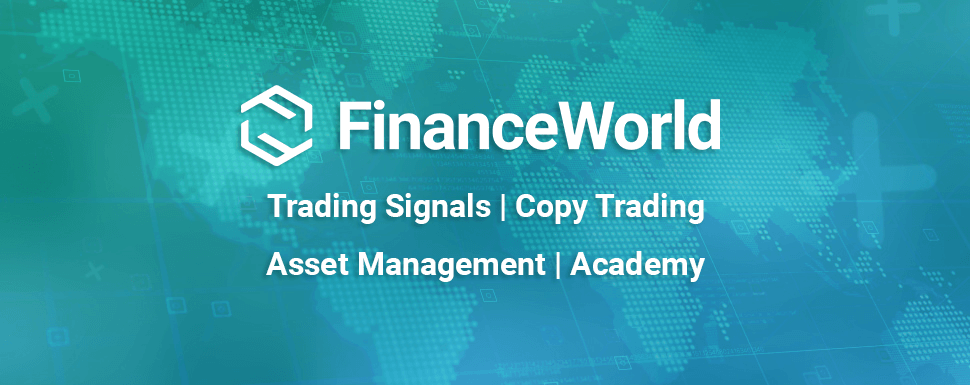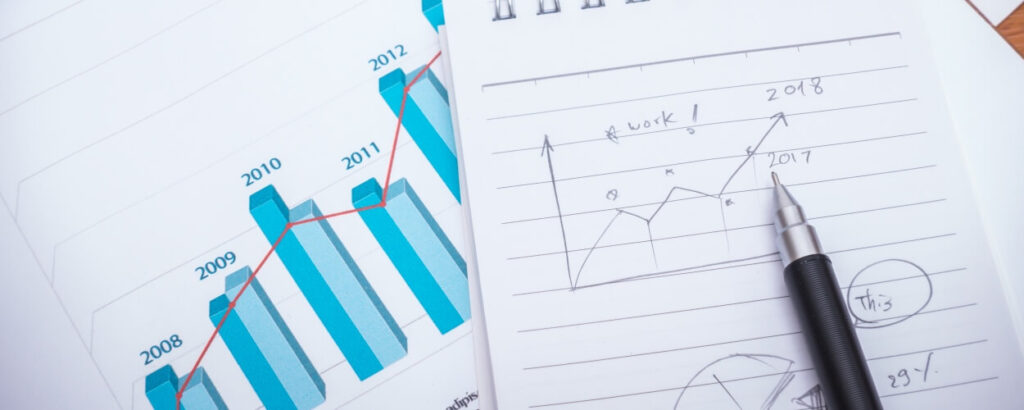Table of Contents
ToggleCommodity trading
A commodity includes any commodity that can be used as a stable bargaining unit. Much of the exchange trading revolves around raw materials such as oil or gas. This category includes various non-ferrous and ferrous metals, industrial raw materials (for example, rubber), and even animals (cattle and small cattle). The main characteristic of an exchange commodity is invariability, homogeneity, convenience in calculating volumes, and value. The value of each product category is determined by global supply and demand, which creates healthy competition on the exchange.
The concept and composition of an exchange commodity
A commodity is a certain value that is an object of exchange trading. The concept and composition of a commodity must be known in order to determine what belongs to them.
In general, three classes are classified as exchange commodities in world practice:
- tangible goods;
- any foreign currency;
- securities.
The main feature of any exchange commodity is that a number of requirements are imposed on it in terms of quality and standardization, and other parameters. The difficulty lies in the fact that sales volumes must be large, which means that such a trade object must have a mass purpose (for a wide range of consumers). The cost of traded values is determined and shaped by supply and demand. All this is described by the definition and characteristics of exchange trading.
Recently, consolidated indexes of exchange prices and interest rates of government bonds have been added to 3 classes.
Characteristics of the commodity
Before being traded on the exchange, each product must be checked for compliance with its characteristics. For example, metals of certain properties, coffee, and other goods that meet the requirements of exchanges are traded. The main characteristic of an exchange commodity is the presence of clear properties and stable demand. It is important to understand what properties the product has.
As a result, characteristics such as:
- standardization (the product must be standard, have certain specific requirements for quality and other characteristics);
- massiveness (they trade only in a large batch);
- competitiveness (the price of a product is set in free mode).
Securities – exchange commodity
In the process of development of exchange trading, one of the main objects became securities – exchange commodities. Any document sold and bought at a certain price can be considered as such.
For an exchange commodity – securities – market characteristics are taken into account:
- the type of asset underlying the security;
- form of ownership and form of the issue (emission – in series, the same; or individual);
- form of ownership, type of issuer (who issued: corporation, state);
- the nature of the appeal (freely or with restrictions);
- economic essence (rights that the owner receives);
- level of risk;
- availability of income;
- form of investment.
Currency as a commodity
The absence of a single global means of payment makes it possible to use different national currencies in international circulation. With their help, it is possible to pay by
- foreign trade operations;
- loans;
- investments;
- make interstate payments.
Currency as a commodity on the market allows you to profit from the exchange of one of them for another. They are indicated in pairs: first sold or bought, and after it – quoted (the one relative to which the rate is set.
Three main nuances:
- Exchange trading is possible only for currencies, freely or partially convertible – those on which the state does not impose restrictions on buying and selling.
- There is a so-called exchange class of foreign currency: USD, GBR, JPY, and some others.
- The rate value cannot be constant. For measurement, direct (less often – reverse) quotes are used.
Requirements for an exchange commodity
There are the main requirements for an exchange commodity:
- mass character;
- interchangeability;
- standardization (for sale without inspection);
- wide purpose;
- freedom of pricing;
- for physical goods – the form of raw materials or semi-finished products;
- actual sales volume (a lot, a lot) – multiple of the exchange unit.
Physical goods, as opposed to securities, government liabilities, or foreign exchange, are subject to quality requirements.
They are provided by:
- Completeness of the information provided.
- Data reliability.
- Unity in the assessment of this object of exchange trading of all its participants.
- Expert opinions, standards are used (for example, for metals, precious metals, agricultural products, and other objects of trade).
Attention: real estate, objects of intellectual property cannot become an exchange commodity.
Product standardization and its importance in exchange practice
The Exchange Standard is a ubiquitous practice that makes it easier to trade any commodity. Product standardization and its importance in exchange practice are enormous.
By unifying traded positions:
- you can sell without inspecting samples or comparing technical descriptions;
- market conditions are demonopolized to determine supply and demand for goods;
- complete substitutability of the position is carried out: transactions and price determination for objects are possible only if the offered goods are identical in composition, type, lot size, properties.
Compliance with the exchange standard guarantees the right to depersonalize the goods – the buyer may not know where he will receive the purchased batch from before the contract is executed.
Standardization also determines the volume of goods: commodity exchanges do not accept for trading lots that are not multiples of the so-called exchange unit.
The Role of Commodities in the Modern World Economy
By trading commodities, many issues can be resolved:
- for the supply of material values, raw materials, materials, agricultural and other products;
- sales of manufactured goods;
- determining their real value, based on supply and demand.
As a result, the role of commodities in the modern world economy is extremely significant. Due to the possibility of trading in futures contracts (with subsequent deliveries), it smooths out price fluctuations (on the one hand) and reflects the current ratio of supply and demand in the value of the trading object. The world’s leading exchanges enable manufacturers, buyers, and financial institutions to cope with real-life price risks.




